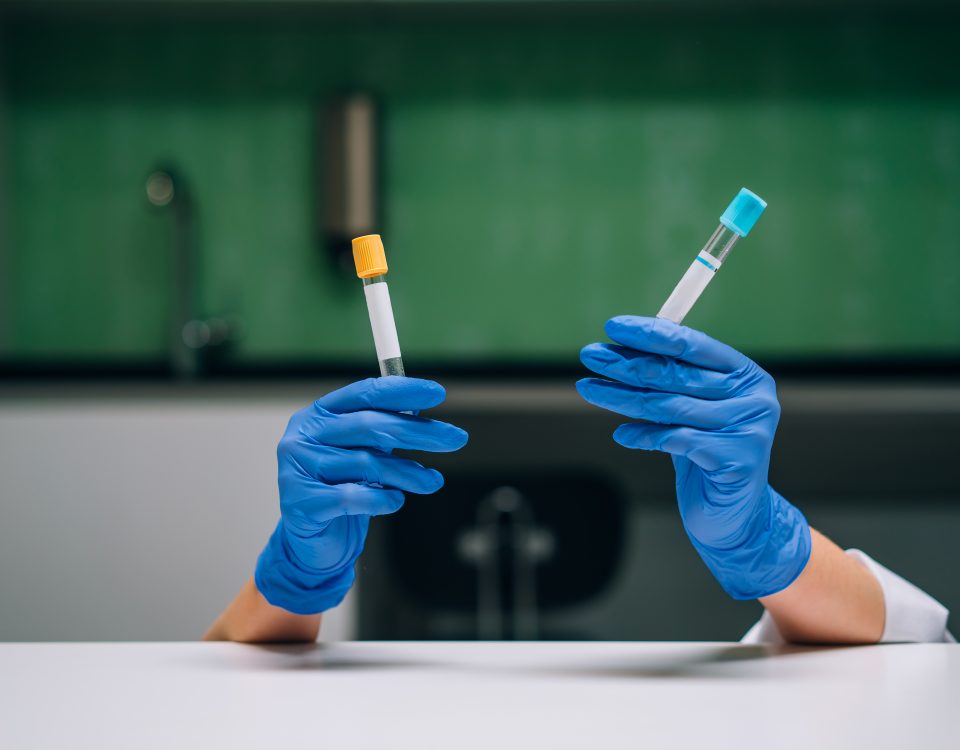- 26 N. Oak Ave., Pasadena, CA 91107
- (626) 577 2711
- Fax: (626) 577 2717

testing services to assist clinicians in
providing personalized therapy in real time.
Diagnostic

Convergence of ill
with build-in timetable.

GDL can do for YOU?
rapid confirmatory results to meet
the needs of the modern health care professional.
-
Partnering with Physicians
Providing accurate reporting and rapid turnaraund times for clinics, physicians, and treatment centers. -
Innovations in Science
Pushing the limits to unsurpassed speed and accuracy in identifying and quantifying over 60 drgs and metabolites. -
Patient’s Optimal Health
A tool for assessing and monitoring patient medication intake, use/misuse and to create individualized treatment plans.
Clinical Impact of the Pneumonia Panel
“The low pathogen-detection yield among adults who were hospitalized for pneumonia highlights the need for more sensitive diagnostic methods and innovative discovery of pathogens.”
Jan S, et al.

Your partner for superior urine drug testing & toxicology services.
Benefits of MediTest
To further enhance your Personalized Prescriptions and Monitoring program, GDL Laboratories offers a wide range of individual drug tests to help you customize monitoring for each patient’s specific needs. The urie drug test options include test options include tests for opioid pain relievers (opiates), benzodiazepines, stimulants, barbiturates, muscle relaxants, illicit drugs, specialty drugs, alcohol and specimen validity. GDL also provides physicians and clinical personnel with Point-of-Care Instant Drug Screens dor immediate prescription drug monitoring purposes. These can be sent to our laboratory dor confirmation od screens performed and requests for additional tests not on device.
Why Urine Drug Test
- Support treatment decisions
- Monitor patient adherence
- Improve clinican’s abitily to to manage therapy of prescription drugs
- As a pre-surgical assessment
- Improve adherence to controlled substances
- Help advocate for patients with family members
- Open a pathway of communication between clinician and patient
- Identify drug misuse

Call us (626) 577 2711OR SEND US A MESSAGE

EVERY SECOND COUNTS
You Cannot Afford the Risk

PATIENT CARE IS NOW PERSONALIZED
Early Diagnosis is Important

ENHANCING PATIENT CARE
That is the GDL Way
Antibiotic Stewardship Quick Facts
- Each year in the US, 2 million people acquire serious bacterial infections that are resistant to one or more prescribed antibiotics, and at least 23,000 people die as a direct result of these antibiotic-resistant infections.8
- An estimated 55% of antibiotic prescriptions for Acute Respiratory Tract Infections are unnecessary.’
- The misuse of antibiotics costs the US healthcare system over $20 billion each year.’°
Implications of Antibiotic Resistance
- Increases mortality and morbidity from untreatable diseases.
- Increases risk of global spread of pathogens.
- Results in longer, more frequent hospital stays.
- Limits drug options at a time when pharmaceutical companies are developing fewer new antimicrobials.
- Increases cost of research for new drugs.


Vaginitis is the most commonly encountered female ailment in gynecology, affecting up to 29% of the female population at any time.
Vaginitis accounts for more than 19 million doctors visits each year
Vaginitis can be separated to 3 main categories:
-
Bacterial Vaginosis (BV)
Polymicrobial infection -
Candidiasis (CV)
Recurrent and non-recurrent -
Trichomoniasis (TV)
Most common & curable STD
Up to 25% of vaginitis cases are caused by mixed infections
Bacterial Vaginosis (BV):
Candida Vaginitis (CV):
Trichomoniasis (TV):
- Up to 95% of women having BV harbor Gardnerella vaginalis (GV).
- GV is also found in up to 50% of women with asymptomatic BV.
- Candida albicans is the most frequently found cause of CV that are non-complicated and non-recurrent!.
- Trichomoniasis is caused by the parasite Trichomonas vaginalis.
Up to 75% of women with BV are asymptomatic
Up to 50% of women with CV have complicated and recurrent episodes.
The WHO estimates are 7.4 million new cases of Trichomoniasis each year.
- Mobiluncus spp. are rare in asymptomatic BV and is so is a more sensitive marker.
- Candida glabrata causes up to 20% of CV, most of which are complicated and recurring.
- Actual incidence of TV is estimated to be significantly higher due to the low sensitivity of existing testing technologies.
Approximately 30 percent of patients with initial responses to therapy have a recurrence of symptoms within three months... -Hillier, et al.
Improper diagnosis will lead to inappropriate treatment and can result in the recurrence of the disease.
Vaginitis Screening
0 Differentiation of 5 pathogens
- G. vaginalis
- C. albicans
- T. vaginalis
- Mobiluncus spp
- C. glabrata
Bacterial Vaginosis
0 Identification of 6 bacteria
- A. vaginae
- G. vaginalis
- M. mulieris
- B. fragilis
- M. curtisii
- P. bivia
Bacterial VaginosisCandida Vaginitis
0 Detection of 6 Candida species
- C. albicans
- C. glabrata
- C. parapsilosis
- C. dubliniensis
- C. krusei
- C. tropicalis
Ability to detect all causative pathogens enables better patient care.
-
Find a clinic near you
-
Call for an appointment!
-
Feel free to message us!
GLOBAL DIAGNOSTIC LABORATORY, INC.
- 26 N. Oak Ave.,
Pasadena, CA 91107
